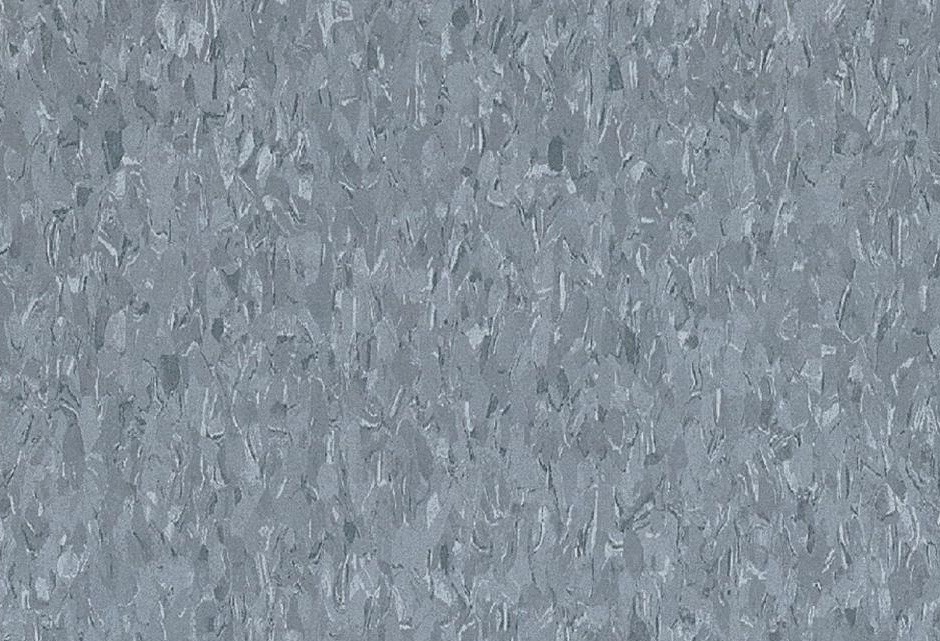The impossibility of describing Trisha Brown’s ‘Scallops’ (1973) without moving the body
Five bodies stand in a large room.
Standing on blue-grey-speckled linoleum, toe, ball, heels, skin stretched not too tight, weighted.
The toe that rests next to the big toe is longer than the latter.
Equal pressure in, up, out and down
Arms hang
The smallest toe on the right foot is cuddled under its neighbour.
Standing in a line, soft pressure connects bodies along the outer arm from the shoulders to the fingers.
Arms held off the body.
Large curtains conceal most of the east-facing wall of floor-to-ceiling mirrors.
Perhaps canvas, a sort of rubbery or waxed canvas that I could wipe down?
Heavy.
Voluptuous.
Rubbery.
Heavy in the sense that if a figure stood behind it, the form of the figure would be without detail, without nuanced character; would not mould to the body like silk glides onto and over.
The focus is open and soft.
Along the north-facing wall, the figure on the far right of the line up steps right-leg-right. The left steps right across the body, pivoting on the right foot, spinning the figure around 180 degrees.
Like the inner point of a fan or the elbow of a wave, the axis shifts, and the figure on the end moves slightly, slowly.
Maintaining contact along the arm, the group move in unison, semi-circling at different speeds and variable distances to maintain the overall form.
The success of the simplest scallop is the outward awareness of the group. If the leading axis moves too quickly without taking into account the distance travelled by the flanking figures, excess energy is expended to keep up.
The scallop waves, ripples and settles. Still
Rippling, the right leg steps behind into the space, the memory of the right foot of the figure beside. Turning on the left foot, then step left-foot-right.
The scallop waves, ripples and stills.
The room exists, somewhat like a fishbowl.
Trisha Brown, Scallops, 1973. Performers: Trisha Brown, Carmen Beuchat, Caroline Goodden, Sylvia Palacios. Duration: 10 minutes.
